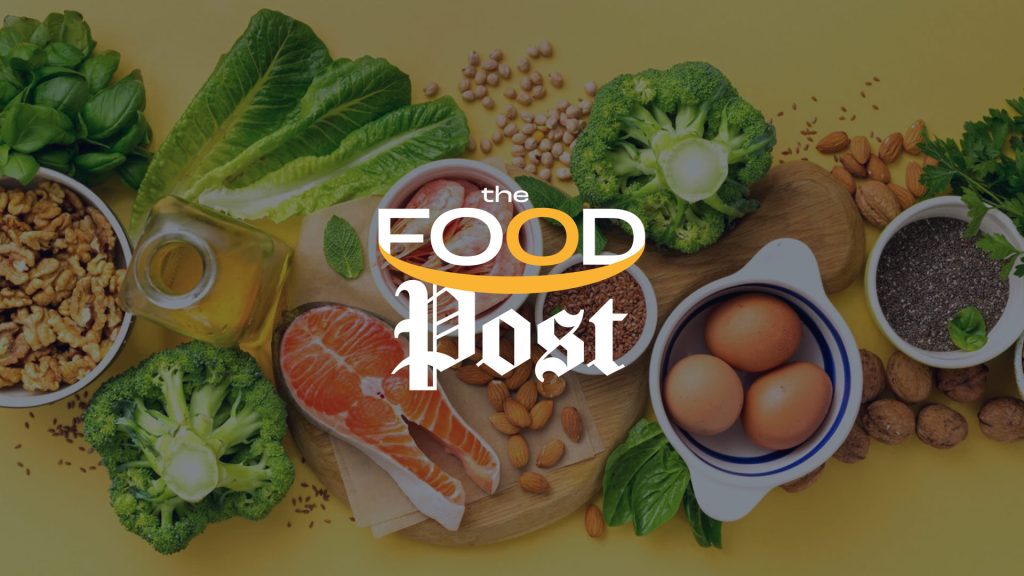A global matcha shortage is flooding U.S. markets with low-quality, potentially hazardous bargain products. Supply chain strains and paused tariffs are raising alarms about food safety.
Japan, the heart of authentic matcha production, is grappling with declining tea yields because of droughts, aging farmers and surging global demand, according to a Japan Times report. The Ministry of Agriculture, Forestry and Fisheries reported matcha production grew from 1,471 tons in 2010 to 4,176 tons in 2023. With more than half exported, Japan’s reserves dwindle during shortages, leaving global markets scrambling.
Proposed U.S. tariffs on Japanese imports, initially set at 24 percent and announced April 3, were paused for 90 days starting April 9. If enacted, they could spike matcha prices, forcing small businesses to raise prices or turn to cheaper, riskier suppliers, as reported in an April 13 Reuters story noting no exemptions for Japanese tea, unlike some electronics. The pause offers cafes and retailers temporary relief, but uncertainty looms.
Health concerns mount, though scale Is unclear
While safety risks are rising, the extent of contaminated matcha remains uncertain. No comprehensive data confirms a widespread surge in tainted products, yet growing imports from less-regulated sources demand caution. Bargain matcha, often sold online or at discount stores, raises serious concerns. Sourced from unverified suppliers in China or non-Japanese regions, these products are prone to adulteration.
A 2024 Food Chemistry study found lead, arsenic, and cadmium in 12 percent of low-grade matcha samples, exceeding U.S. safety limits, while fillers like sugar or starch dilute flavor and introduce toxins. Worse, undeclared allergens — soy, wheat or milk — and microbial contaminants such as E. coli threaten vulnerable consumers, according to a 2023 FDA alert.
Heavy metals in tainted matcha can harm kidneys and nervous systems, with pregnant women and children at heightened risk, the Food Chemistry study said.
Lead, found in 8 percent of bargain samples, accumulates over time. Toxicologist Emily Tran warned in a CBS News report that “bargain matcha often skips rigorous testing,” leaving consumers at risk of ingesting pesticides or bacteria.
With the FDA inspecting less than 5 percent of food imports annually, according to 2023 report, contaminated matcha can slip through undetected. A 2022 international food safety report flagged tea as a top target for fraud during shortages.
Retailers face tough choices
Retailers are caught in a bind. With authentic matcha prices doubling, some cafes switch to uncertified suppliers to cut costs, while others absorb losses to maintain quality. Online vendors offering cheap matcha have surged, many without transparent sourcing. The American Herbal Products Association urged tighter import screening on April 8, citing rising fraud. Regulatory gaps persist — FDA tea safety rules target pesticides and metals but don’t specifically address adulteration.
Not all lower-cost matcha is hazardous. Some non-Japanese producers meet strict standards, and reported illnesses linked to matcha are rare, per FDA records. Still, Japan’s strained reserves and rising bargain imports warrant caution. Reputable retailers prioritize quality, but consumers must stay vigilant.
Protecting your cup
Consumers can minimize risks by choosing trusted brands. Look for USDA Organic labels or buy from producers listed by the Japan Tea Export Council, though supply is tight. Authentic matcha from Japan’s Uji or Shizuoka regions is vibrant green, smooth, and grassy, while bargain versions, often dull or gritty, signal poor quality or fillers, per the Japan Times.
Japan’s April 2025 harvest may ease shortages temporarily, but long-term solutions — like expanding tea fields — could take years, the Japan Times noted. Government subsidies aim to boost output, yet matcha’s social media-fueled demand shows no slowdown.
Until supply stabilizes, your next cup depends on diligence — choosing trusted brands over cheap deals could keep your matcha safe and pure.
(To sign up for a free subscription to Food Safety News, click here.)

